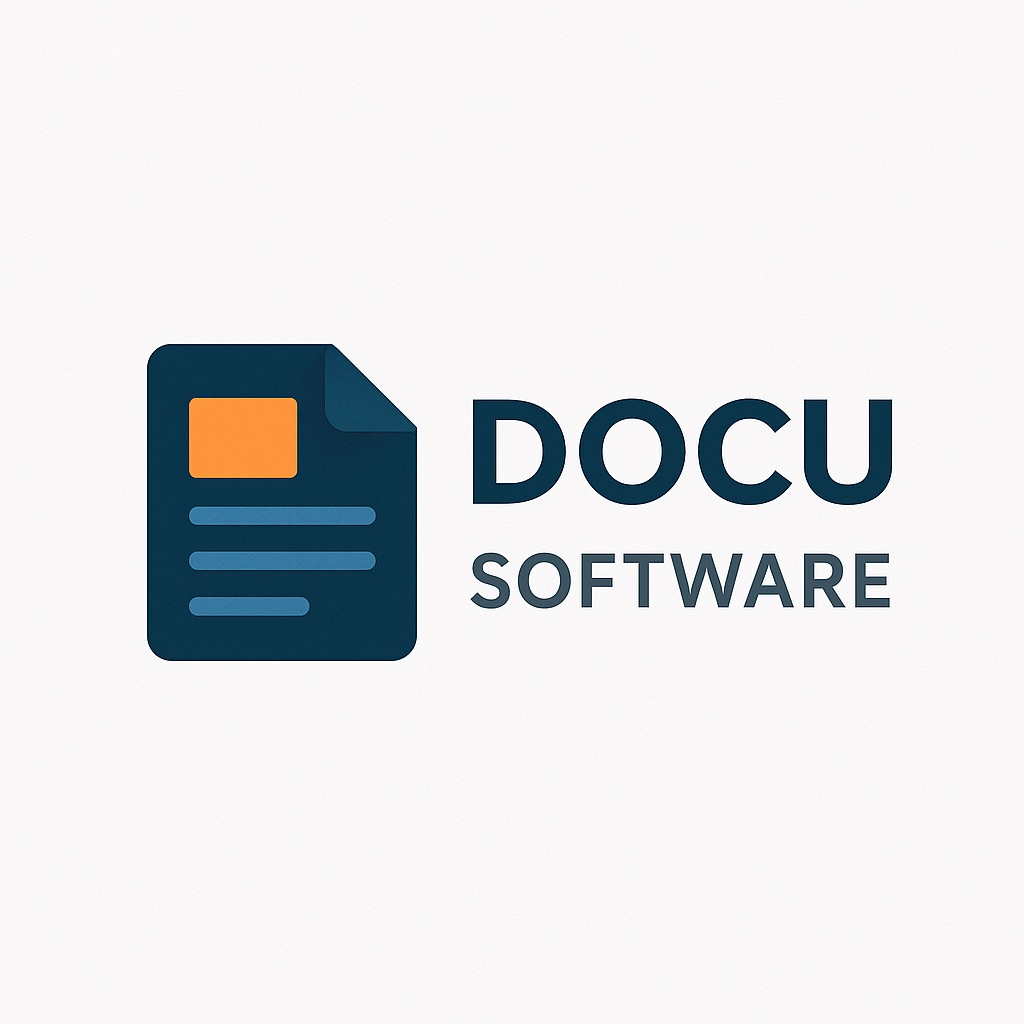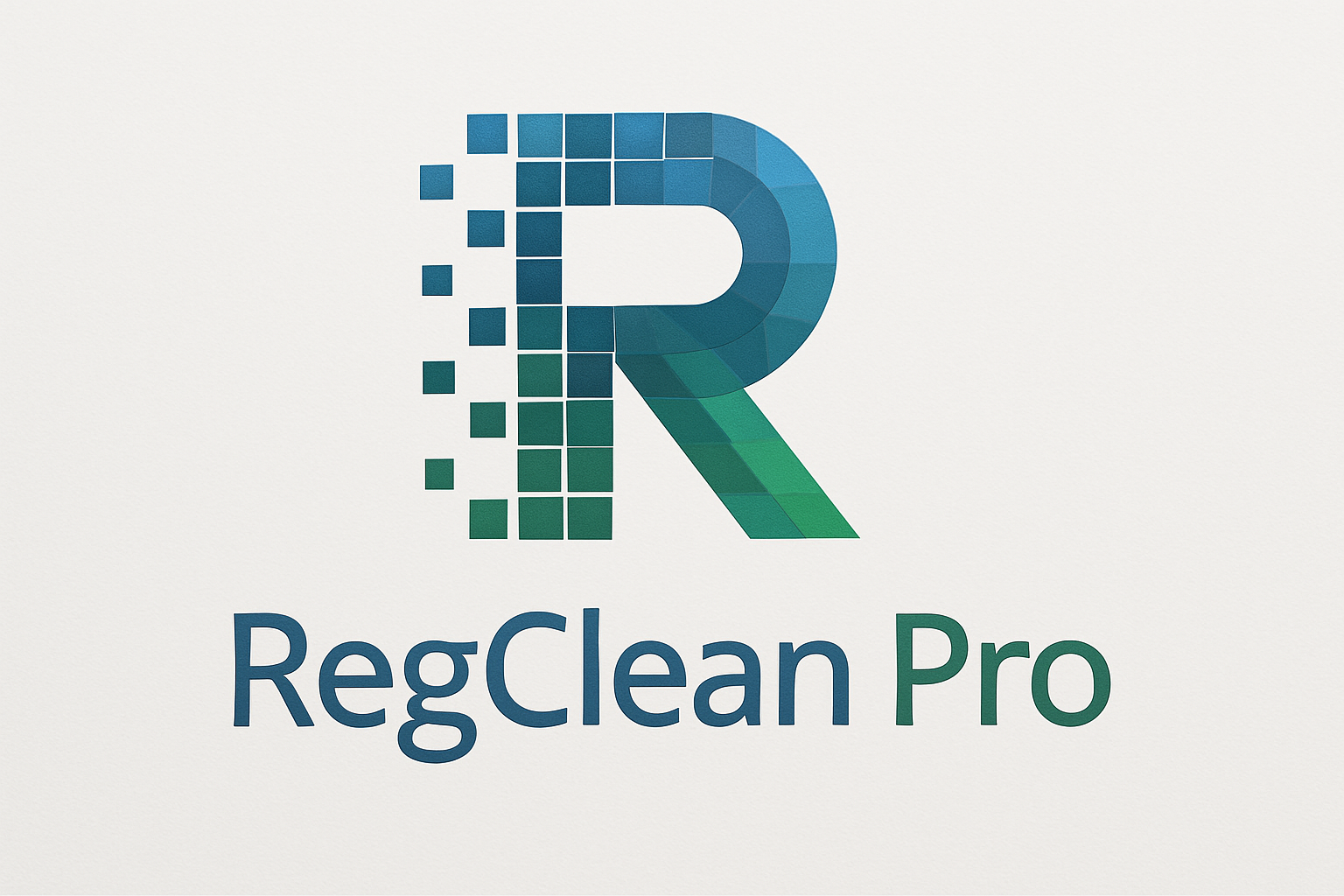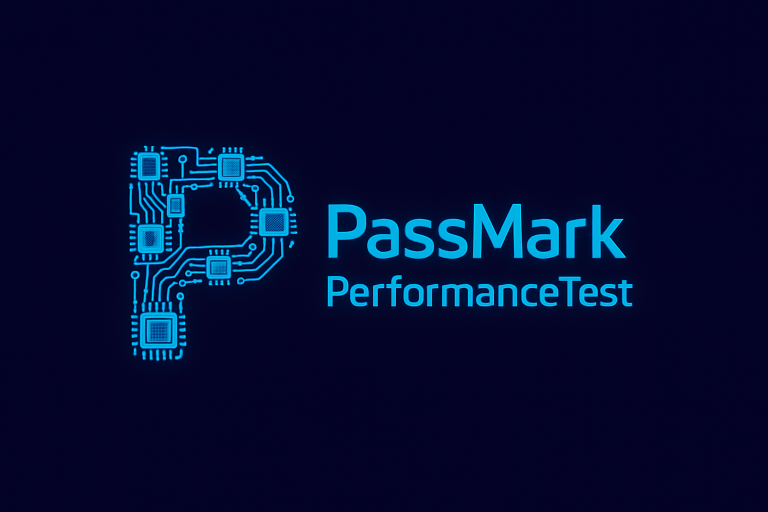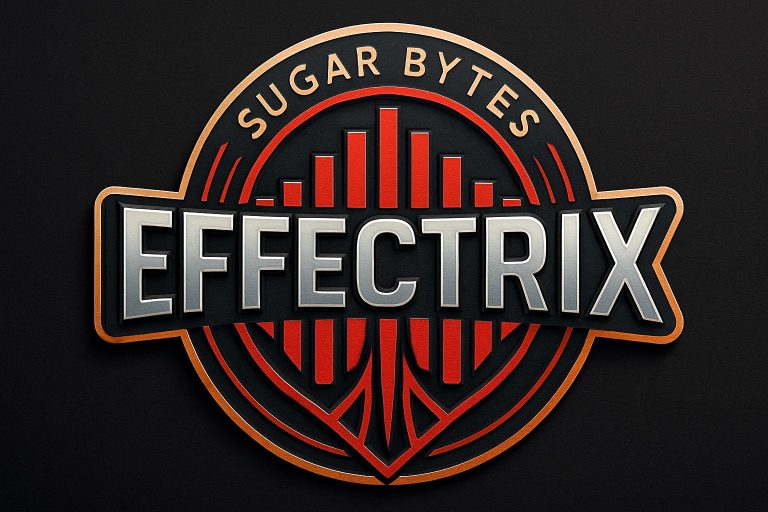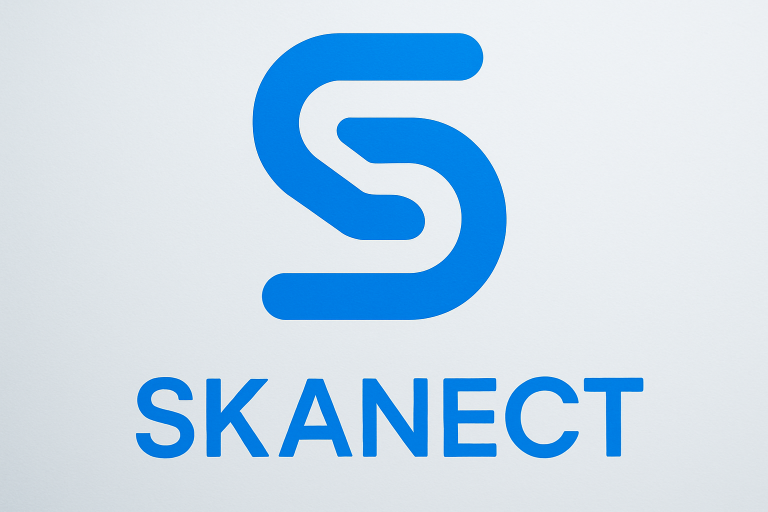RegClean Pro
System maintenance tools promising dramatic performance improvements have proliferated across the Windows ecosystem, with registry cleaners representing one of the most controversial categories. RegClean Pro from SysTweak positions itself as a comprehensive registry optimization solution, and after extensive testing across various Windows configurations and careful analysis of its actual impact, I can provide a detailed assessment of its capabilities and limitations.
Core Features and Real-World Applications
RegClean Pro scans the Windows registry for what it identifies as errors, invalid entries, and optimization opportunities. The software categorizes issues into groups like missing shared DLLs, invalid file extensions, obsolete software entries, and broken shortcuts. During a recent analysis of a system used for two years without maintenance, RegClean Pro identified over 800 “issues” – though determining which represented actual problems versus benign entries proved challenging without deep registry knowledge.
The backup and restore functionality provides essential protection against potential damage. Before any cleaning operation, the software creates registry backups that can theoretically restore removed entries if problems occur. Testing this feature after aggressive cleaning showed successful restoration in most cases, though some complex registry relationships didn’t fully recover. This safety net feels essential given the potential for system instability from overzealous cleaning.
The scheduling feature enables automatic registry maintenance, though the value of frequent registry cleaning remains debatable. Setting weekly scans on a test system showed diminishing returns – after the initial cleaning, subsequent scans found minimal new issues unless significant software installation/uninstallation occurred. The automatic cleaning without user review raises concerns about removing entries that might be needed by less common software.
The registry defragmentation feature claims to optimize registry access by reorganizing the registry hive files. While registry fragmentation exists as a theoretical issue, modern Windows versions and SSD storage largely eliminate any measurable impact. Testing on both traditional hard drives and SSDs showed no discernible performance improvements from defragmentation, with boot time and application launch speeds remaining within margin of error.
Performance Analysis and Metrics
Scanning performance varies dramatically with registry size and system complexity. A typical home system scan completes in 2-3 minutes, while systems with extensive software installations require 8-10 minutes. The scanner uses moderate resources during operation – approximately 200-300MB RAM and 15-25% CPU on a quad-core system. The interface remains responsive during scanning, allowing review of found issues.
Actual performance improvements from registry cleaning prove difficult to measure objectively. Boot time testing across 10 systems before and after cleaning showed variations of ±2 seconds, within normal variance. Application launch times similarly showed no consistent improvement. Memory usage and general system responsiveness remained unchanged in controlled testing. The placebo effect likely accounts for many perceived improvements.
The software’s own performance degrades with large result sets. When scanning severely cluttered systems with thousands of issues, the results interface becomes sluggish. Scrolling through and reviewing individual entries taxes the application, requiring patience on problematic systems. The filtering options help manage large result sets but feel cumbersome.
Detailed Competitor Comparison
CCleaner includes registry cleaning alongside its primary temporary file cleaning functions. The free version provides basic registry cleaning comparable to RegClean Pro’s core functionality. CCleaner’s reputation and broader feature set make it more versatile, though recent ownership changes and bundleware concerns tarnish its image. RegClean Pro’s focused approach appeals to users specifically seeking registry tools, though CCleaner’s free option challenges the value proposition.
Wise Registry Cleaner offers similar functionality with a free version that matches most of RegClean Pro’s features. The interface feels more modern, and the categorization of registry issues by safety level helps users make informed decisions. Wise’s free availability with optional pro features provides better value for most users compared to RegClean Pro’s paid-only model.
Windows built-in tools like System File Checker (SFC) and DISM address actual system corruption without the risks of third-party registry modification. These tools fix genuine problems rather than hunting for theoretical optimizations. For most users, these built-in utilities combined with Windows’ own maintenance provide sufficient system care without additional software.
Glary Utilities bundles registry cleaning with numerous system optimization tools. The comprehensive approach provides better value than single-purpose registry cleaners. While individual tools might not match specialized alternatives, the convenience of unified system maintenance appeals to many users.
Platform-Specific Considerations
RegClean Pro supports Windows versions from XP through Windows 11, though its relevance decreases with newer Windows versions. Modern Windows handles registry maintenance more effectively, reducing the need for third-party intervention. The software properly requests administrator privileges and integrates with Windows Task Scheduler for automated runs.
The 32-bit and 64-bit versions handle their respective registries correctly, important for thorough cleaning on 64-bit systems. The software properly identifies and preserves critical system entries, though defining “critical” remains somewhat opaque. Testing on Windows 11 showed compatibility but questionable necessity given the OS’s improved self-maintenance.
No portable version exists, requiring installation that ironically adds registry entries. This creates a philosophical conflict – software designed to clean the registry contributes to registry clutter through its own installation. The installer also attempts to include additional SysTweak products, requiring careful attention to avoid unwanted software.
Technical Requirements and Workflow
System requirements remain minimal: Windows XP or later, 128MB RAM, and 25MB disk space. These modest requirements enable operation on older systems where registry cleaning might theoretically provide more benefit. However, older systems also face higher risks from aggressive registry modification.
The initial scan presents results in categories, allowing selective cleaning. However, understanding which entries safely qualify for removal requires registry knowledge most users lack. The “Select All” option tempts users toward aggressive cleaning that might cause problems. Conservative selection focusing on clearly obsolete entries provides safer operation.
The backup system stores registry backups in a proprietary format, preventing external access or verification. While restoration through the software generally works, the inability to manually inspect or restore backups outside RegClean Pro creates dependency. Maintaining separate system backups before major cleaning operations provides additional protection.
Best Practices From Extensive Usage
Conservative cleaning produces safer results than aggressive optimization. Focusing on clearly identifiable issues like references to uninstalled programs minimizes risk. Avoiding cleaning of system-related entries unless experiencing specific problems prevents mysterious issues days or weeks later when obscure features fail.
Creating full system backups before initial cleaning provides recovery options beyond RegClean Pro’s built-in restoration. System restore points offer additional protection but shouldn’t be the only backup strategy. The potential for system instability makes comprehensive backup strategies essential.
Testing system functionality after cleaning identifies problems before they become critical. Checking less-common applications and features ensures cleaning didn’t remove necessary entries. Problems might not manifest immediately, making thorough testing important.
Business Value and ROI Analysis
At $44.95 for a single PC license, RegClean Pro faces challenging value propositions against free alternatives. The claimed performance improvements rarely materialize in measurable ways on modern systems. For older Windows XP/7 systems with years of accumulated cruft, some benefit might exist, though these systems likely need replacement rather than optimization.
Business environments should approach registry cleaners with extreme caution. The potential for disrupting critical applications far outweighs any theoretical performance gains. IT departments managing standardized images find little benefit from registry cleaning, while the risks to stability argue against deployment.
The multi-PC licensing at $59.95 for 3 PCs provides better per-system value but multiplies the questionable benefits. Home users maintaining multiple older systems might find marginal value, though free alternatives provide similar functionality without cost.
Who Should Use RegClean Pro
Experienced users comfortable with registry concepts and system recovery might extract value from careful use. The ability to review and selectively clean entries appeals to those understanding the implications. However, this knowledge level often correlates with understanding that registry cleaning provides minimal benefits on modern systems.
Users of older Windows systems (XP/7) with years of software installation/removal might see modest benefits. These systems accumulated registry cruft before Windows improved self-maintenance. However, investing in registry cleaning for obsolete systems seems questionable versus upgrade planning.
Most modern Windows users should avoid registry cleaners entirely. Windows 10/11’s self-maintenance, combined with SSD storage and ample RAM, eliminates any theoretical registry performance impact. The risks of system instability outweigh unmeasurable performance gains.
Final Verdict
RegClean Pro represents a solution to a largely obsolete problem. While the software functions as advertised – finding and removing registry entries it deems unnecessary – the actual benefit remains questionable for modern systems. The interface works adequately, and safety features like backups provide some protection, but the fundamental premise lacks relevance for current Windows versions.
The aggressive marketing promising dramatic performance improvements misleads users about realistic expectations. Testing shows no measurable performance gains on properly functioning systems. While some users report subjective improvements, controlled testing attributes this to placebo effects rather than actual optimization.
For users convinced they need registry cleaning, free alternatives like CCleaner or Wise Registry Cleaner provide similar functionality without cost. RegClean Pro’s price point feels excessive for functionality that Windows increasingly handles automatically. The software works as designed but solves a problem that rarely requires third-party intervention.
Modern Windows users should focus on built-in maintenance tools, regular updates, and adequate hardware rather than registry optimization. RegClean Pro remains a competently built solution to an increasingly irrelevant problem, making it difficult to recommend despite its functional capabilities. Save your money and let Windows maintain its own registry – you’ll achieve similar results with zero risk and cost.
